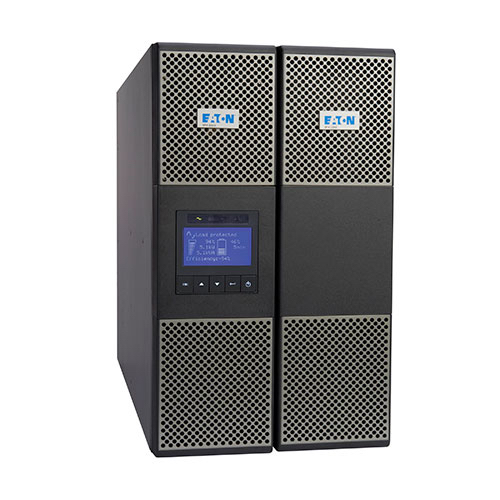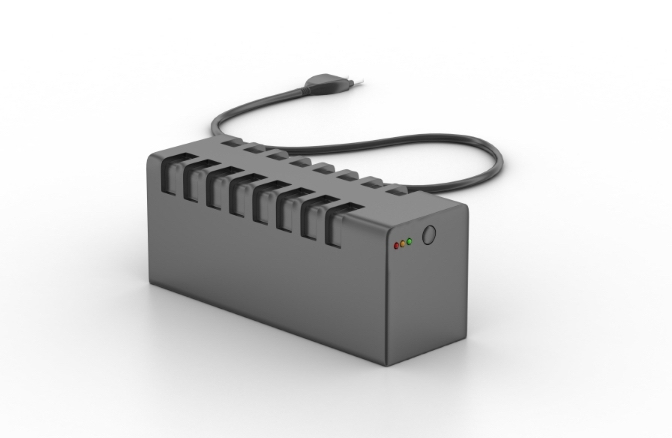Eaton Emphasizes the Importance of UPS in Industrial Edge Systems
Learn about the features of Eaton's latest uninterruptible power supply (UPS) designed for industrial edge solutions.
What is an Uninterruptible Power Supply?
An uninterruptible power supply is a battery backup power supply. If an industrial facility loses power, the UPS can provide constant power for a limited amount of time. The amount of power is dependent on the type of UPS and batteries provided.

The local data center edge, consisting of up to four racks with compute, storage, networking equipment, and power to support AI and machine learning. Image used courtesy of Eaton
Most applications provide control voltage (24 VDC), but there are versions that offer line voltage (120 VAC - 220 VAC) as the backup voltage. A UPS is also useful in edge environments for providing constant power to a motor or component when the source voltage varies and a constant source voltage is required.
Eaton’s Latest Component
The new 9PX from Eaton utilizes lithium-ion batteries over the traditional lead-acid batteries and features advanced battery management (ABM) technology. This ABM is expected to increase battery life by up to 50%.
“Digital transformation is reshaping work across industries and more companies now rely on distributed IT infrastructure to bring data closer to end users,” mentioned Sami Hussaini, product manager, UPS 9 series, Eaton.

Eaton's 9PX battery. Image used courtesy of Eaton
The ABM system uses a three-stage charging approach. This new charging cycle is different from typical trickle charging, which uses a constant voltage and a small amount of current to charge the battery. The ABM cycle completes a rapid charge, which charges the battery to near capacity, then a trickle charge, then a rest period. The 9PX comes in a tower or rack-mountable form factor, hot-swappable batteries, rotatable graphical LCD interface, and expandable external battery modules that allow the end-user to increase the power backup time.
The new UPS is also compatible with Eaton's PredictPulse remote monitoring service for real-time system monitoring and management.
There are multiple types of battery management systems that control and automation engineers can use in their facilities. Lead-acid batteries have been a staple for any power storage application for many years.
Valve-regulated lead-acid (VRLA) batteries consist of many cells containing lead plates and sulfuric acid solution. The benefit of a VRLA battery is that it can be used in any orientation and is mostly maintenance-free. These types of batteries still require a large amount of real estate compared to lithium-ion batteries.
Using lithium-ion batteries may allow for a smaller footprint which reduces precious space in already crowded server cabinets. Lead-acid batteries are heavy and require some level of maintenance. The lithium-ion batteries can take more charge and discharge cycles and have a more efficient capacity.
UPS Applications
A UPS in any IT server control cabinet is very important to secure and protect data. Losing power during data transfers can cause serious data corruption that is sometimes not reversible. Using lithium-ion batteries and the ability to add additional battery modules may significantly increase the amount of time the IT systems can be powered on.
Once the loss of source power is detected the system can start a proper shutdown procedure of all connected computers. However, some systems cannot be shut down, such as medical or nuclear equipment.

An example of a standard UPS commonly used in industrial applications.
Some of these systems need to be powered on for days without source power. Having a UPS that can continue to provide clean, constant power is invaluable, especially when industrial edge components are involved.
With Eaton’s ABM charging technology the life cycle of the batteries may be increased. Having a compact rack-mounted UPS reserves space in the cabinet for more digital storage or computing equipment, allowing engineers to use space more efficiently.

 Facebook
Facebook Google
Google GitHub
GitHub Linkedin
Linkedin








